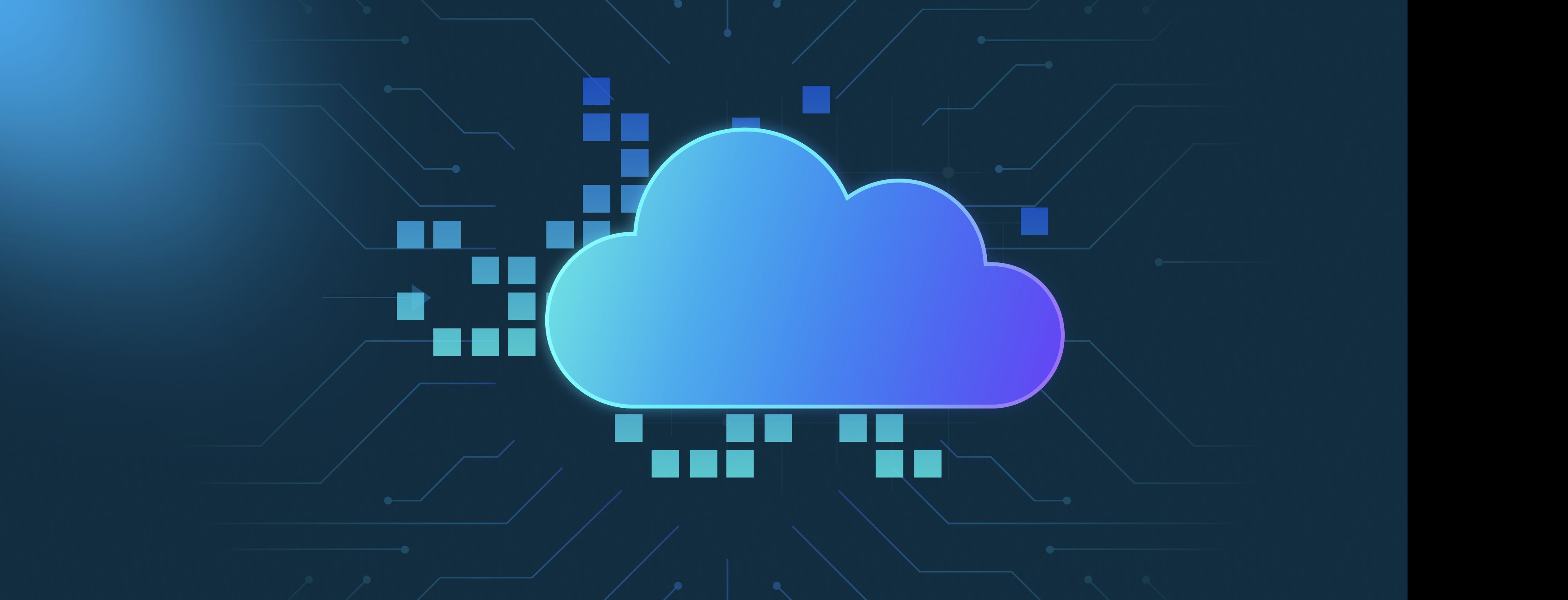Computer vision and SLAM (Simultaneous Localization and Mapping) are related but distinct fields. Computer vision focuses on enabling machines to interpret and process visual data, while SLAM deals with building a map of an environment and tracking the position of a device within it. Computer vision tasks include object detection, recognition, and image segmentation. For example, it might identify pedestrians in a video feed. SLAM, however, is primarily concerned with spatial understanding, such as enabling a robot to navigate an unknown area by creating a map as it moves. While SLAM often uses computer vision techniques (e.g., visual odometry), it combines these with other sensor data, like LiDAR or IMU readings, for accuracy. SLAM is commonly used in robotics, AR/VR systems, and autonomous vehicles. Computer vision is broader and applies to a wider range of tasks.
What is the difference between computer vision and SLAM?

- AI & Machine Learning
- Natural Language Processing (NLP) Basics
- Getting Started with Milvus
- Embedding 101
- The Definitive Guide to Building RAG Apps with LangChain
- All learn series →
Recommended AI Learn Series
VectorDB for GenAI Apps
Zilliz Cloud is a managed vector database perfect for building GenAI applications.
Try Zilliz Cloud for FreeKeep Reading
Are guardrails necessary for subscription-based LLM services?
Yes, guardrails are necessary for subscription-based LLM services, as they help ensure the service is safe, compliant, a
How do you encrypt data in SQL databases?
Encrypting data in SQL databases involves methods to convert plain text into a format that cannot be easily read by unau
How does open-source software impact user adoption rates?
Open-source software has a significant impact on user adoption rates, primarily due to its accessibility, collaborative